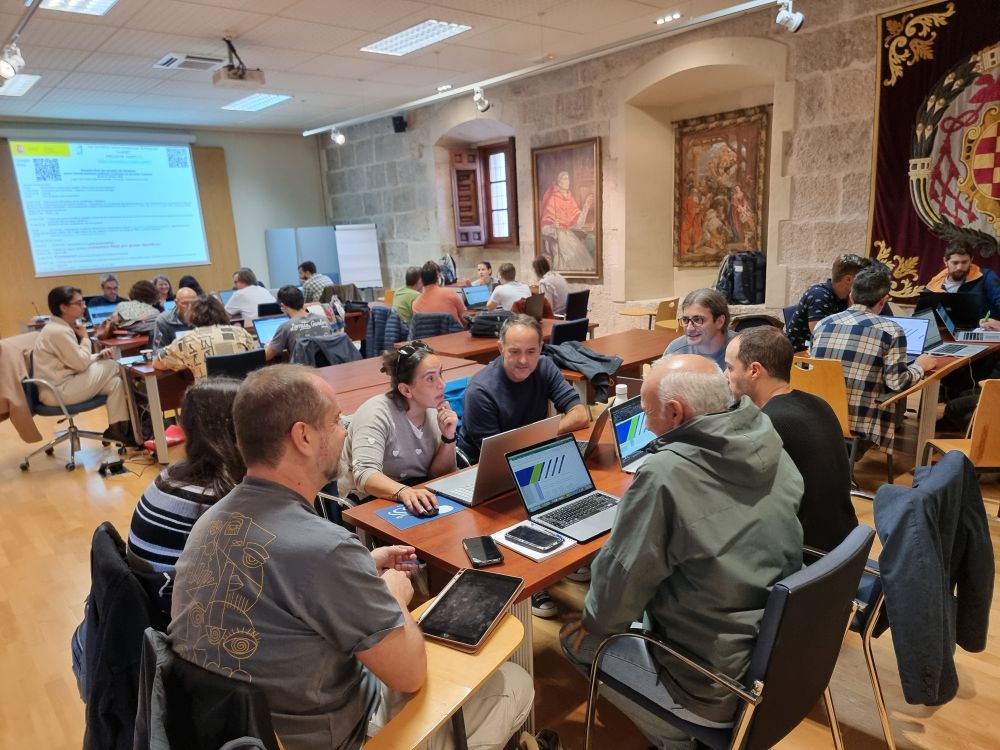@ecosistemas-aeet.bsky.social. Con miembros y colaboradores de la Red #InvaNET (RED2022-134338-T, RED2024-153581-T) (invasiber.org/InvaNET/) incluyendo...
@ecosistemas-aeet.bsky.social. Con miembros y colaboradores de la Red #InvaNET (RED2022-134338-T, RED2024-153581-T) (invasiber.org/InvaNET/) incluyendo...

invasiber.org/InvaNET/
invasiber.org/InvaNET/
@greco-udg.bsky.social @iea-udg.bsky.social @univgirona.bsky.social #InvaNET
invasiber.org/InvaNET/2025...
doi.org/10.1016/j.ag...
@greco-udg.bsky.social @iea-udg.bsky.social @univgirona.bsky.social #InvaNET
invasiber.org/InvaNET/2025...
doi.org/10.1016/j.ag...
invasiber.org/InvaNET/grup...
for the research groups and people involved (and the web for outputs and activities)
invasiber.org/InvaNET/grup...
for the research groups and people involved (and the web for outputs and activities)
invasiber.org/InvaNET/2025...
doi.org/10.1002/ece3...
invasiber.org/InvaNET/2025...
doi.org/10.1002/ece3...
doi.org/10.1093/cz/z...

doi.org/10.1093/cz/z...
invasiber.org/InvaNET/2025...
invasiber.org/InvaNET/2025...
invasiber.org/InvaNET/2025...
invasiber.org/InvaNET/2025...


